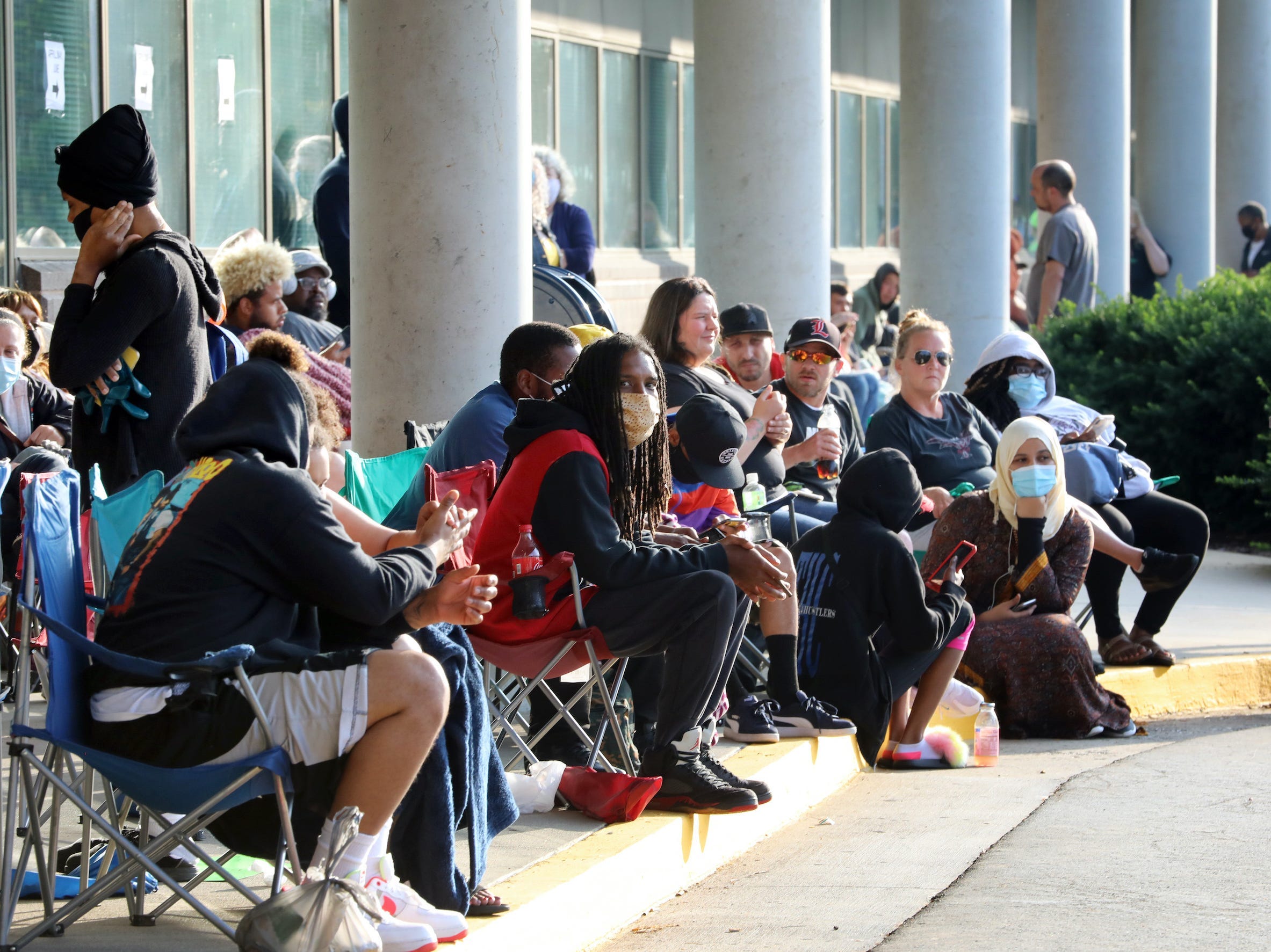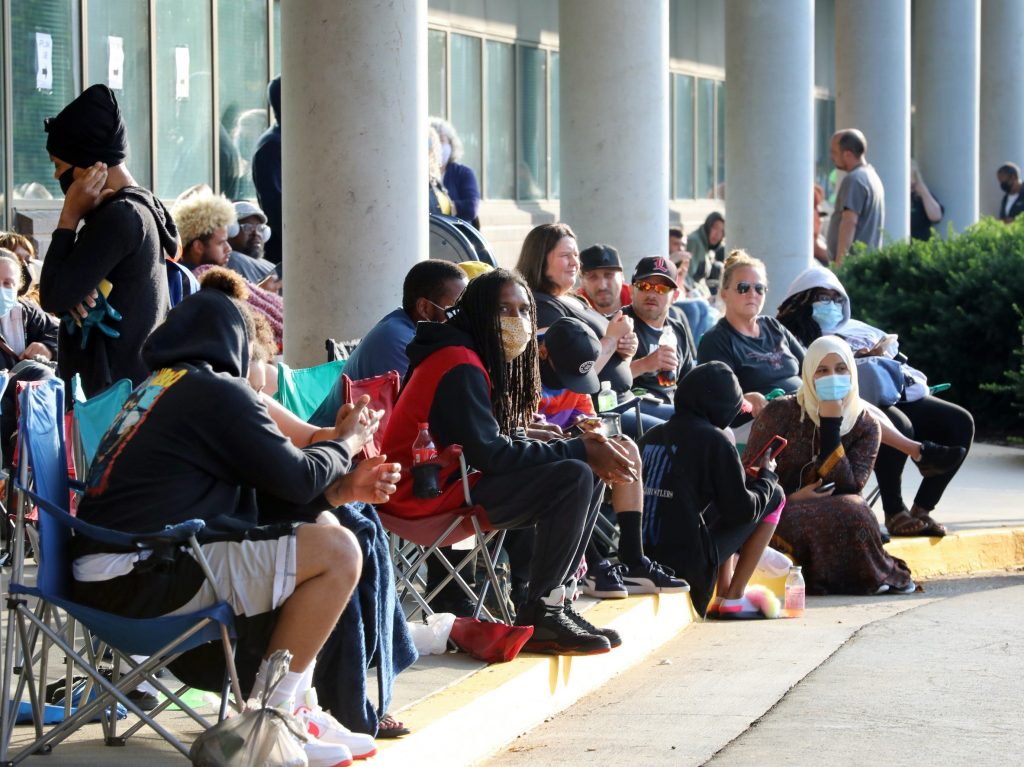
John Sommers II/Getty Images
- June's jobs report showed promising signs of recovery, with gains exceeding expectations.
- But women and people of color are still seeing a different story as recovery continues.
- More women rejoined the labor force, but the vast majority are unemployed.
- See more stories on Insider's business page.
June's jobs report brought some surprisingly optimistic figures. The economy added 850,000 jobs, healthily beating expectations and signaling that recovery may be on the horizon.
But, as with much of the pandemic recovery, the economic benefits are still uneven. For women and people of color, the unemployment situation is much more disparate – and it signals who might still be getting left behind amidst recovery.
'We're still in a crisis'
Insider's Joseph Zeballos-Roig reported that June's unemployment rate for Black Americans increased from May. Latino unemployment also remains far higher than the national average of 5.9%.
Those elevated unemployment rates come as 26 states move to end federal unemployment benefits ahead of their scheduled September expiration, which will impact about four million workers around the country.
"I do think we're still in a crisis, we're still looking at really high unemployment rates, especially for Black women and Latinas again, and for Black men, it's back in the double digits. So it's 10% for Black men in June," Jasmine Tucker, the director of research at the National Women's Law Center, told Insider. "If white men were at a double-digit unemployment rate, we would not be talking about ending these unemployment benefits in these states. We just 100%, we would not be doing it."
Broadly, 148,000 women rejoined the labor force in June, and, according to an analysis from the NWLC, women made up 47.6% of jobs gains. But rejoining the labor force doesn't mean that all of those women have a job - it means that those women are actively working or looking for work. In fact, the NWLC found that 97% of the women who rejoined the labor force are unemployed; the same is true for just 12% of the 232,000 men who rejoined. Tucker attributes that to sexism, and women potentially being judged harshly for leaving the labor force to be caregivers.
According to Tucker, women will need to see gains at this rate for nine months to reach pre-pandemic employment.
"That's only going to get us back to February 2020. That's not going to account for all of the people - just population growth - all of the people who would have entered the labor force between February and now," Tucker said of those hypothetical nine months of gains. She added: "It would get us where we were, but not where we should have been."
Those unemployed female and Black workers may also be missing out on the wage growth workers have seen in the past few months; it's growth that's likely temporary, according to a note from a Bank of America research team led by Michelle Meyer. That could only exacerbate pre-existing wage gaps.
Black families were also already at an economic disadvantage coming into the pandemic, according to new research from the JPMorgan Chase Institute. They had 44 cents to every dollar white families held in January 2020; Latino families had 58 cents. Throughout the pandemic, people of color were disproportionately impacted by the virus itself - which came with its own economic burden.
The inequities that still persist are on the radar of the Biden administration. Labor Secretary Marty Walsh told Insider that "our work has to be more focused, more intentional" in creating opportunities for people of color.
"Certainly, the unemployment rate for communities of color and women remains essentially unchanged in this report," Walsh said. "I think, and the president feels, that we have a potentially once in a lifetime opportunity to make some significant changes to the unemployment system, as far as for people of color."
